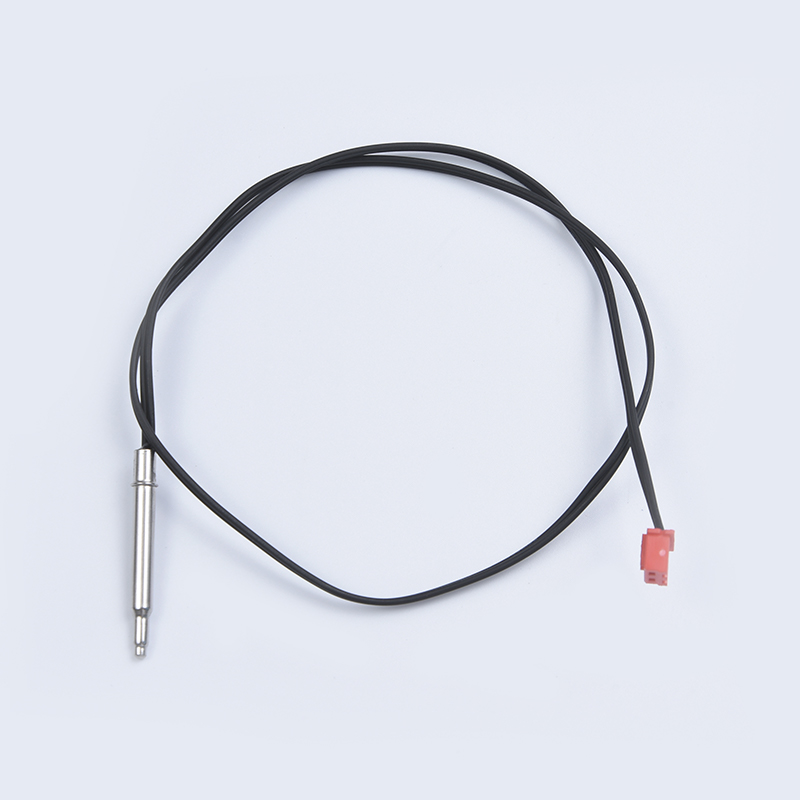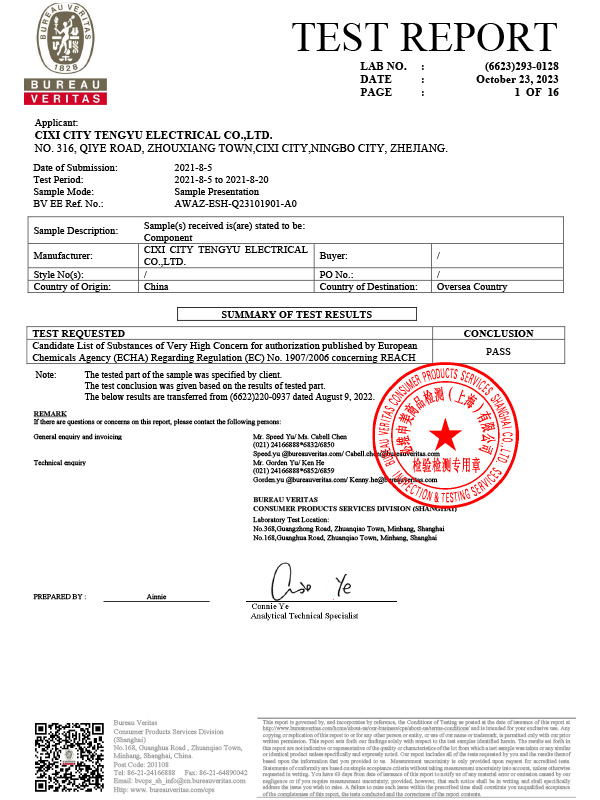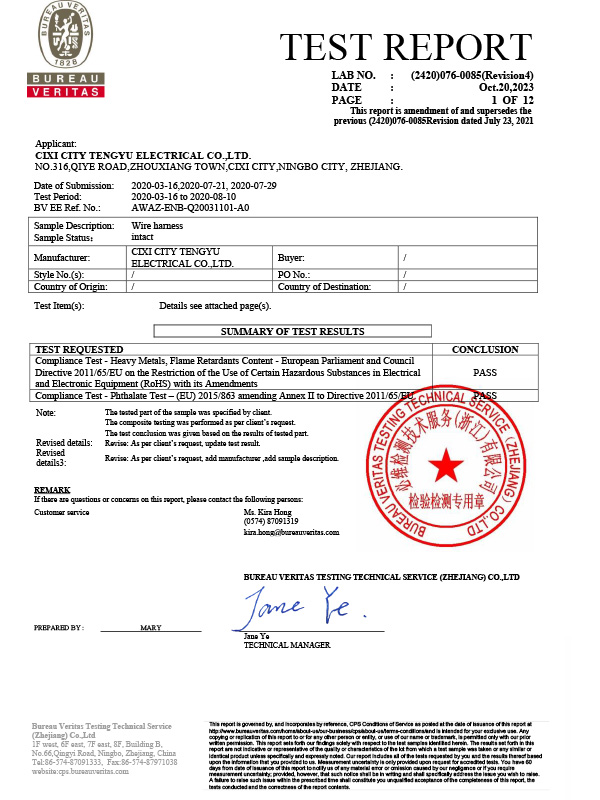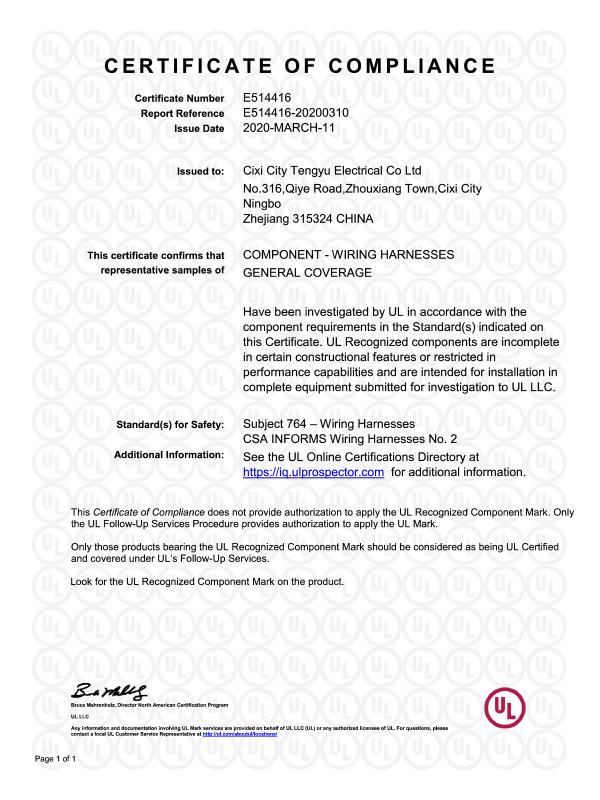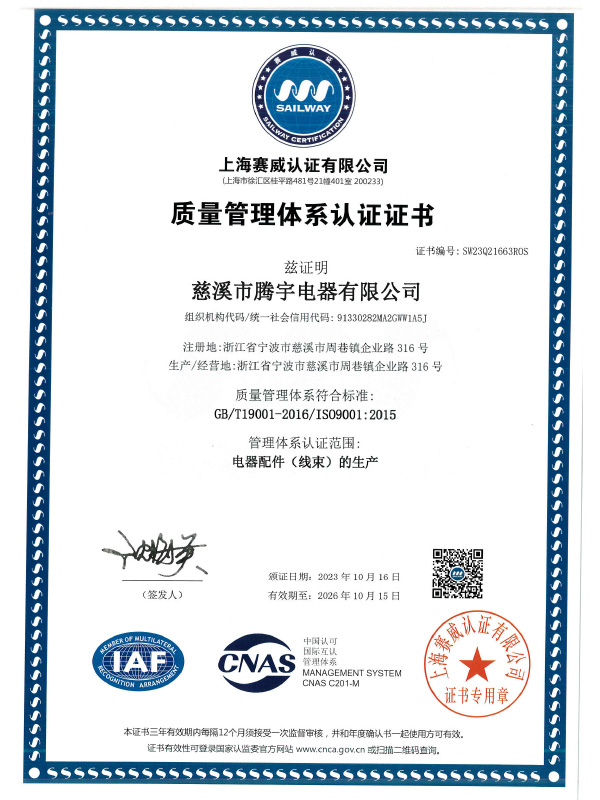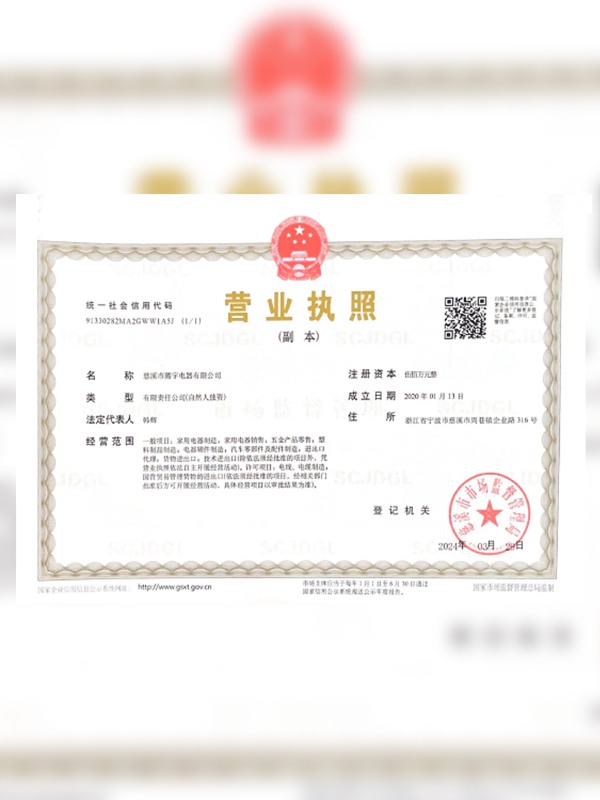What parts of the sweeping machine are the NTC temperature sensor mainly used for temperature monitoring?
In sweeping machines, NTC temperature sensors are not merely simple thermal detectors; they play a central role in energy management, protection systems, and intelligent control. Below is a detailed explanation of the major application areas:
Battery Pack Temperature Monitoring
The lithium battery pack is the core power source of a sweeping machine, and its safety directly affects the entire equipment. Overheating during charging or high-current discharge can lead to performance degradation or even safety hazards.
By embedding sweeping machine NTC temperature sensors into the battery pack, manufacturers can:
Detect real-time temperature changes and prevent thermal runaway.
Control charging and discharging curves, extending battery lifespan.
Provide data feedback for intelligent battery management systems (BMS).
For example, when the battery temperature exceeds a preset threshold, the system can automatically reduce charging current or stop charging, thus ensuring safe operation.
Motor and Drive System Temperature Monitoring
The main brush motor, side brush motor, and wheel drive motor are the key moving components of a sweeping machine. Under continuous high-load operation, these motors can generate significant heat. Without proper temperature management, motor coils and electronic drivers may fail.
NTC temperature sensors, installed on the motor housing or drive circuit board, offer:
Real-time overheating protection by adjusting motor speed or pausing operation.
Preventing coil insulation damage caused by excessive temperature.
Supporting intelligent adaptive cleaning strategies based on motor workload.
This not only improves durability but also enhances user experience by keeping the sweeping machine working efficiently under different floor conditions.
Charging Base and Circuit Board Temperature Monitoring
The charging base is responsible for delivering stable energy to the sweeping machine. Both the adapter and the internal PCB circuits generate heat during prolonged charging. NTC temperature sensors integrated into these parts provide:
Over-temperature feedback for power circuits.
Thermal balance protection during high current output.
Ensuring the long-term stability of charging infrastructure.
For sweeping machine NTC temperature sensors manufacturers, this monitoring function strengthens product safety certifications and reduces warranty risks.
Environmental Sensing and Dustbin System
Some advanced sweeping machines are equipped with high-power fans and air filtration systems. During prolonged suction, the fan motor and dustbin area may accumulate heat. Proper temperature monitoring using NTC sensors can:
Avoid overheating of the suction motor.
Prevent deformation or damage to plastic components near the dustbin.
Support intelligent fan control to reduce noise and energy consumption.
Technical Comparison of NTC Applications
To better understand the technical characteristics of NTC temperature sensors applied in sweeping machines, the following table provides a comparison of their parameters across different monitoring areas:
|
Application Area
|
Typical Resistance (25°C)
|
B Value Range (K)
|
Response Time
|
Installation Method
|
|
Battery Pack
|
10kΩ – 100kΩ
|
3435 – 3950
|
Fast (≤5s)
|
Wire harness embedding
|
|
Motor Housing
|
10kΩ – 50kΩ
|
3435 – 3950
|
Medium
|
Surface attachment
|
|
Charging Base PCB
|
5kΩ – 10kΩ
|
3380 – 3600
|
Medium
|
Epoxy encapsulation
|
|
Suction Fan/Dustbin
|
10kΩ – 20kΩ
|
3435 – 3950
|
Fast
|
Glass encapsulation
|
Teng Yu Electrical’s Advantage in Sweeping Machine Sensors
Cixi Tengyu Electric Appliance Co., Ltd. adheres to the principle of “people-oriented, innovation leads to development.” The company not only manufactures high-precision NTC temperature sensors but also offers tailored solutions according to customer requirements. By controlling every step from raw material selection, production, to final inspection, Teng Yu ensures:
High Accuracy: Resistance tolerance as low as ±1%.
High Reliability: Stable performance under high humidity and dust environments, suitable for sweeping machines.
Flexible Customization: Wide options for resistance value, B constant, encapsulation, and installation method.
Swift Delivery: Mature production system supporting rapid response to customer orders.
How to determine if the sweeping machine NTC temperature sensor is failing or drifting
Cixi Tengyu Electric Appliance Co., Ltd. has accumulated more than twenty years of experience in precision electronic components and sensor technology. With internationally advanced production processes, scientific management systems, and strict quality control, Teng Yu Electrical is dedicated to providing reliable solutions for sweeping machine manufacturers. Among these, the sweeping machines NTC Temperature Sensor plays a critical role in monitoring battery packs, motors, and other heat-sensitive components. Ensuring that these sensors function accurately is essential for the safety, efficiency, and longevity of sweeping machines.
Understanding sensor failure or drift is crucial in both production quality control and post-sale maintenance. NTC sensors are inherently reliable, but long-term operation in high-temperature, high-humidity, and dust-prone environments can lead to deviations or outright failure.
Identifying Sensor Failure
Sensor failure can manifest in several forms, such as open circuit, short circuit, or complete loss of thermal response. The following methods are commonly used to detect these issues:
Resistance Measurement at Room Temperature
By measuring the sensor resistance at a known reference temperature (typically 25°C), manufacturers can quickly identify abnormal readings. A fully functional NTC sensor should fall within a specific resistance tolerance range defined by its specification.
Continuity Testing
Open-circuit or broken connections in the sensor wiring or PCB interface can be detected using standard multimeter continuity tests.
Response Verification
Applying controlled heating or cooling to the sensor and observing resistance changes can confirm whether the sensor responds appropriately. Lack of response indicates failure.
Detecting Sensor Drift
Sensor drift refers to gradual changes in the sensor’s resistance-temperature characteristics over time, which may lead to inaccurate temperature readings. Drift can result from material degradation, prolonged exposure to high temperatures, or mechanical stress. Detection methods include:
Calibration Check
Comparing the sensor output against a calibrated reference thermometer over a defined temperature range (e.g., 0°C to 60°C) allows technicians to determine if the sensor maintains its accuracy.
B-Value Verification
The B-value defines the exponential relationship between resistance and temperature. By measuring resistance at two reference temperatures and calculating the B-value, any deviation from the nominal specification indicates drift.
Long-Term Trend Analysis
In factory production lines or end-of-line testing, collecting resistance readings over multiple cycles or months can reveal gradual drift trends, enabling preemptive replacement before operational issues occur.
Common Indicators of NTC Sensor Degradation
Manufacturers and maintenance personnel should watch for the following signs of NTC sensor degradation:
Resistance at room temperature outside specified tolerance (±1% to ±5%).
Inconsistent readings during thermal cycling.
Delayed response to rapid temperature changes.
Triggering of false over-temperature alerts in the sweeping machine system.
These indicators can directly impact the performance of battery management, motor protection, and charging safety systems.
Technical Parameter Comparison for Failure and Drift Detection
The following table summarizes key technical parameters used to assess NTC sensor health in sweeping machines:
|
Parameter
|
Normal Range
|
Failure Indication
|
Drift Indication
|
|
Resistance at 25°C
|
10kΩ – 100kΩ
|
Open or short circuit
|
Deviation > ±3% from nominal
|
|
B-Value (K)
|
3435 – 3950
|
Invalid or infinite
|
Change > ±2% from specification
|
|
Response Time (τ, seconds)
|
≤5 – 10s depending on installation
|
No change during thermal stimulus
|
Response time increases >20%
|
|
Temperature Range
|
-20°C to 60°C typical
|
Sensor fails outside expected range
|
Accuracy deviation at high/low temp
|




 中文简体
中文简体